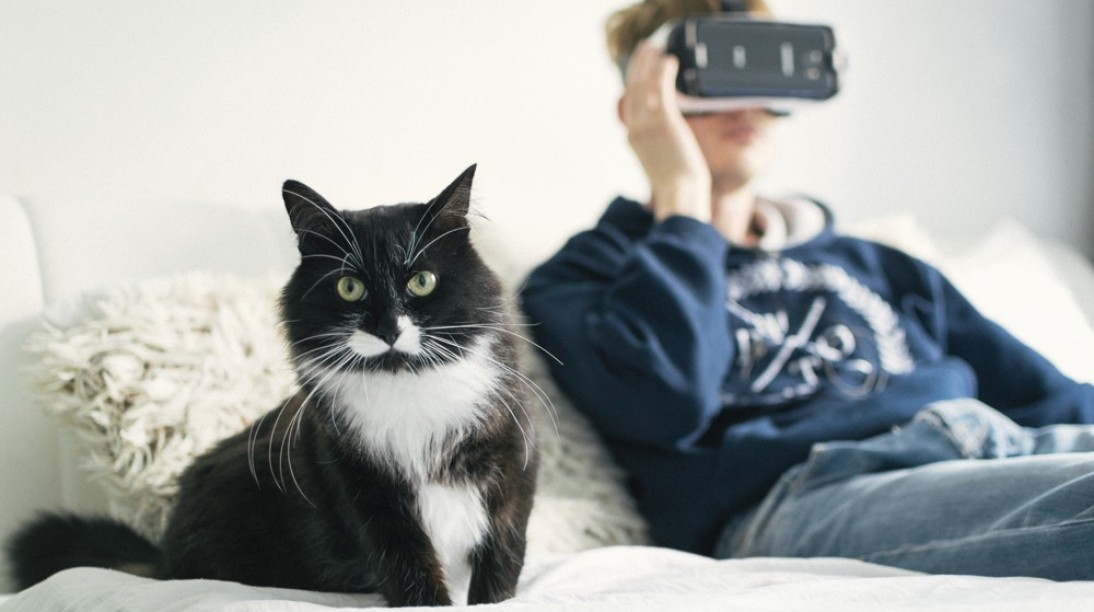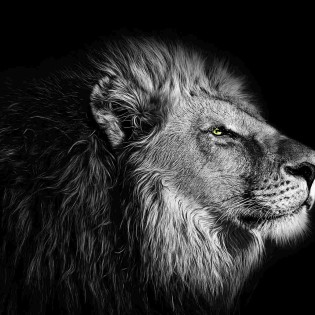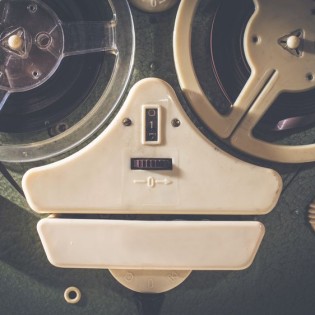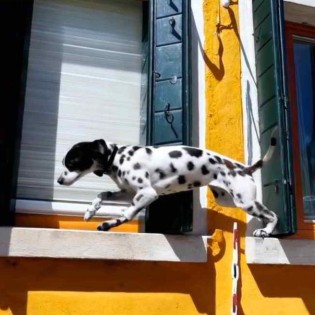Cats invented the web

A matter of purr-suasion
Cat-related content now accounts for more than 27 per cent of all internet traffic. This amounts to 16,000,000,000,000 MB of feline data. Moreover, a cat video is watched more than 5,000 times per second. Source: Net Net Traffic
It is 8000BC. A farmer, one of the first of his kind, is checking his grain store in what is now Turkey. The area forms part of a region historians have called the Fertile Crescent, at that time the most happening place in the world. The development of agriculture in this area is about to transform humankind.
Just as the sun begins to dip, the farmer is halted in his tracks by a small, cute yelp. A furry, black and white creature is sitting with its front legs erect in front of him, staring plaintively. In front of the animal is a dead rat, which it has just killed.
It is as if the creature is saying to the man: ‘Hi. I’m thinking us cats could be of service to you humans.’
What it is really thinking, however, is probably the other way round. Nonetheless, man and cat have met; a relationship has begun. Felis catus has begun its dominance of civilisation, inveigling itself into human activity from the start.
Cats are not only tolerated because they protect grain from rodents; their fluffy, warm qualities also endear them to people. Their meows and purrs are a little like the cries of human babies; they are soft and gentle (sometimes); they even make people feel more relaxed. Equally, there is an enigmatic, mysterious quality that makes them all the more attractive.
So much so that by the time of the Pharaohs, cats have bred themselves to such domestic perfection that they are worshipped. There are numerous references to cat demi-gods in Egyptian hieroglyphs, the most famous being Bast. The funerary text The Book of Gates (a clue there) refers to a cat deity called Meeyuty, its onomatopoeic name a development probably of miut or miu, the Ancient Egyptian word for cat.
Moggies were already in a position of considerable power. That power could only grow over the centuries, as cats moved from the grain store to the home, padding and purring their way into our hearts, befriending thinkers, engineers and scientists - all the while preparing for their greatest coup of all.
That cats are closely associated with the development of mechanical intelligence is, of course, not in doubt. At the very birth of computing is the figure of Ada Lovelace, who had an inspiring cat called Puff. Lovelace, daughter of feline-lover Lord Byron, developed the Victorian polymath Charles Babbage’s ideas for calculating engines.
From here, it all began to happen. Alan Turing, the genius who took computing to the next level during the Second World War, wrote at length about Lovelace’s theories. The first piece of modern consumer electronics was a primitive radio called the cat's whisker, because it had a fine wire poking on to a crystal.
Early computer engineers called the cursor on the screen the CAT, later naming the rollerball device used to control it a mouse. Doug Englebart, the inventor of the mouse and bootstrapping in the 1960s, kept two cats at his home in the San Francisco Bay area.
His friend Ted Nelson, who coined the term hypertext, said: "That notion of hypertext seemed to me immediately obvious because footnotes were already the ideas wriggling, struggling to get free, like a cat trying to get out of your arms."
Pause there for a moment. A man thinking about cats invented one of the key tenets of modern computing, even if he thinks what we have now is a poor version of his vision.
Even Steve Wozniak, Apple's co-founder, has campaigned to help homeless cats. There are 125,000 homeless cats in his home county alone, apparently.
So there we have it. To have evolved to such an extent that it is all but omnipresent in our main communications tool is an extraordinary achievement for one small, pointy-eared mammal. Now fetch me some organic double cream.





